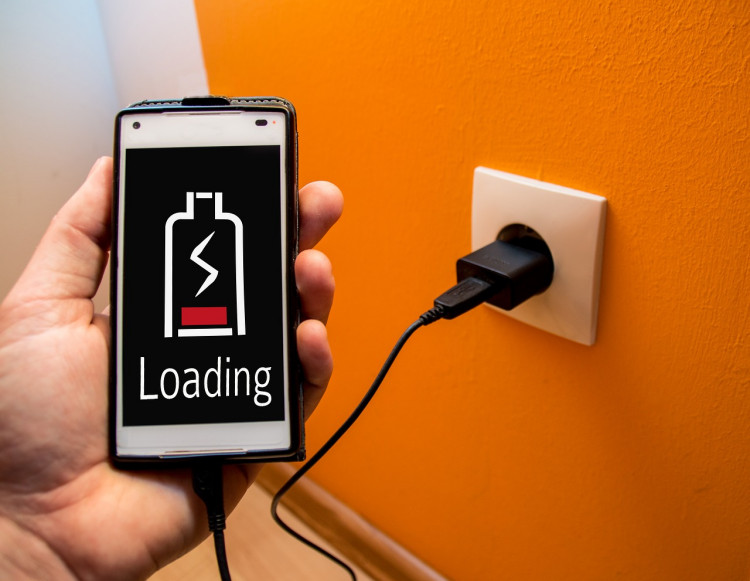An unveiling of another technological breakthrough comes in the form of a rechargeable battery to last a lifetime that has just been invented accidentally while the student inventor was just playing around.
Mya Le Thai, a Ph.D. student at the University of California Irvine is the one behind the most recent breakthrough in technology that one of her Chemistry teachers calls as a "crazy" invention. Reginald Penner, head of the chemistry department added that Thai was just playing around when the invention came out.
The discovery of a rechargeable battery that could last to up to 400 years began with the UCI student's study of the properties of a gold nanowire. Thai has been conducting research on how a commercial battery can be powered with a gold nanowire.
On one part of her study, the Ph.D. student used a type of electrolyte gel to coat the gold nanowire. Out of the electrolyte gel coated nanowire, she created a charging circuit that she used continually for 200,000 times in a span of three months.
Amazingly after the excessive repeated use, the electrolyte gel coated gold nanowire did not show any sign of wear and tear. What makes the invention more interesting is that the nanowires when tested after the 200,000 times charge cycles did not display any traces of decline in performance.
Thai's invention may not be the first attempt in using the gold nanowires in commercial batteries but can be considered the one that has broken through the science limitations. Researchers have made several attempts in the past to use the said technology in trying to add up some amount of time to a battery's life and even extend it to almost a lifetime.
Nanowire's increased microscopic wire surface area has been an interesting factor why researchers have been longing to make use of it for commercial batteries. It has a higher capacity for transferring of electrons not to mention the greater amount of storage it possesses.
Batteries have a limited charging capacity of 5,000 to 6,000 recharge cycles. For higher performance batteries, 7,000 could be the safest. That is why Thai's discovery of a lifetime charge cycle-able charging circuit could be a big leap in every domain of society where batteries play a major role.
As of the moment, researchers are taking the time to explore deeper on the invention of a rechargeable battery that could last a lifetime. They are still trying to figure out how the electrolyte gel was able to extend the nanowire's shelf life. UCI is also in the process of finding a cheaper alternative to the pricey gold material.



